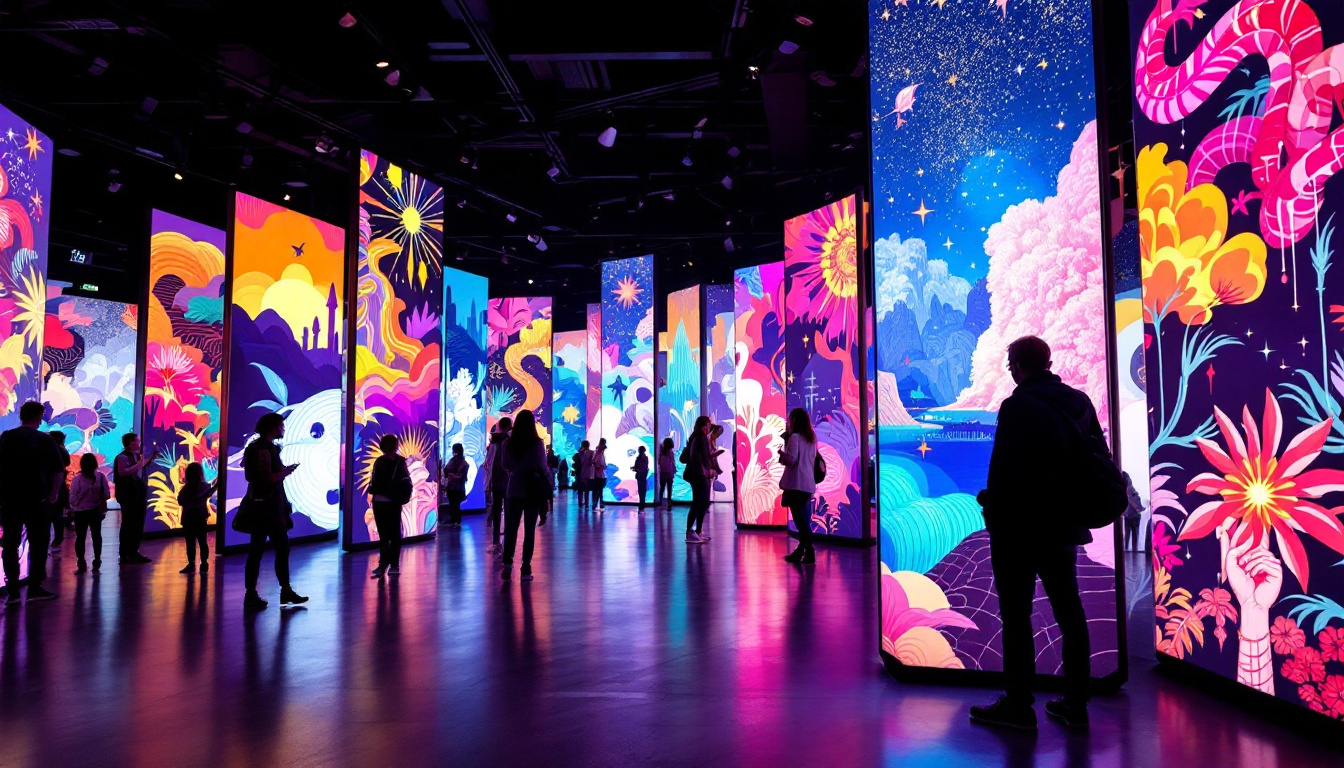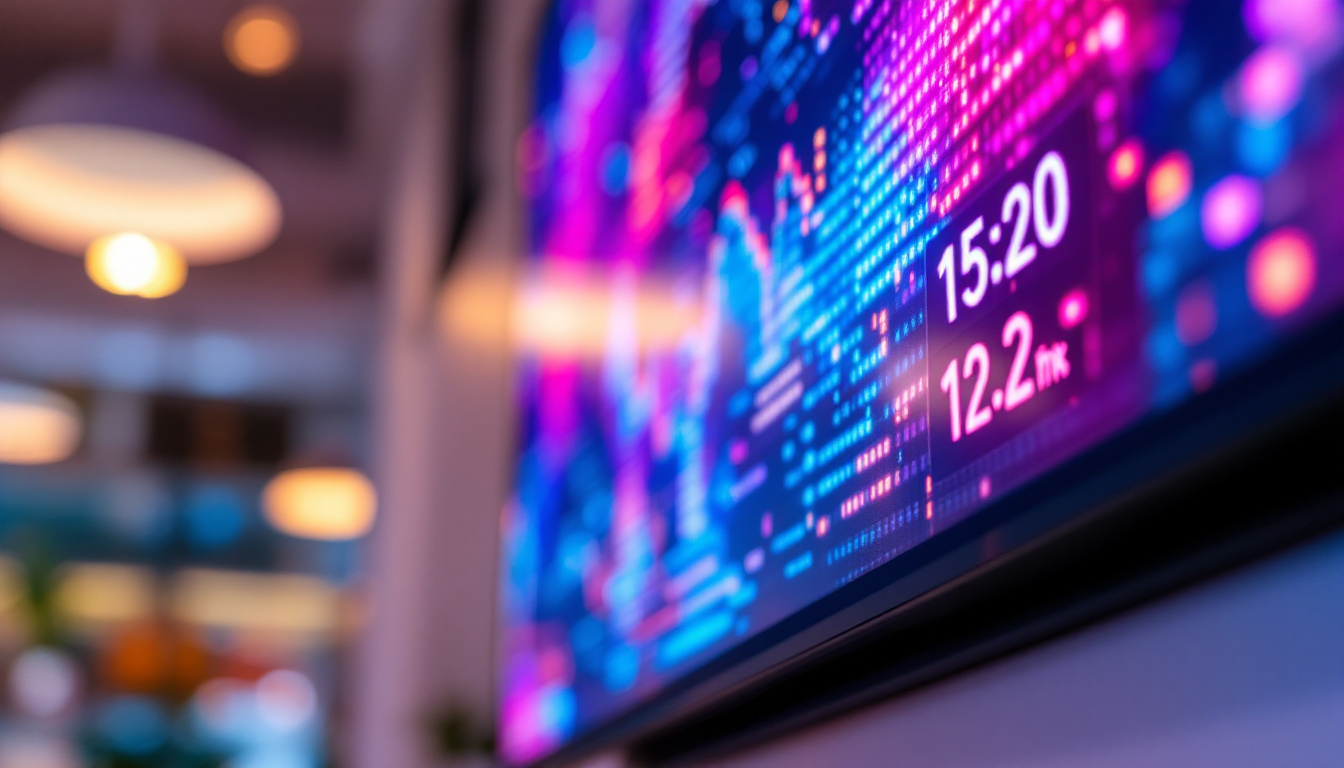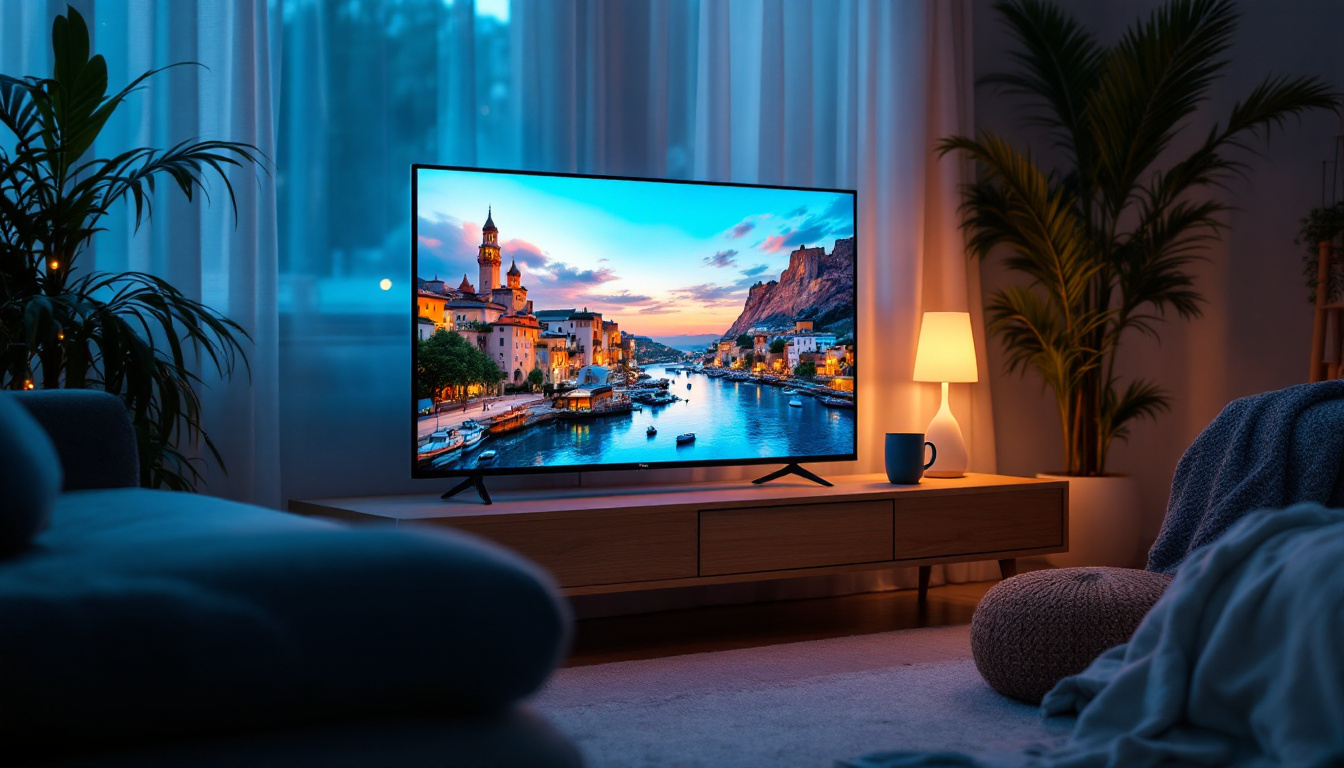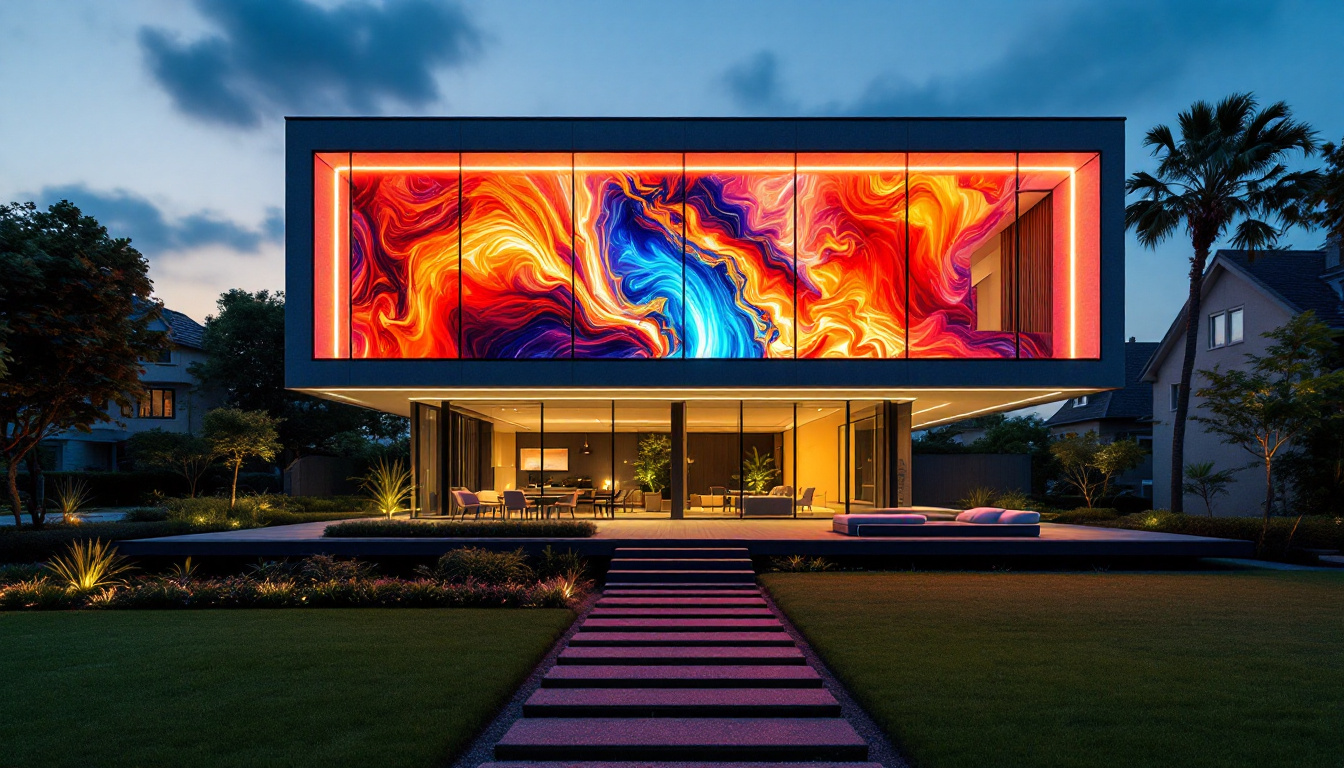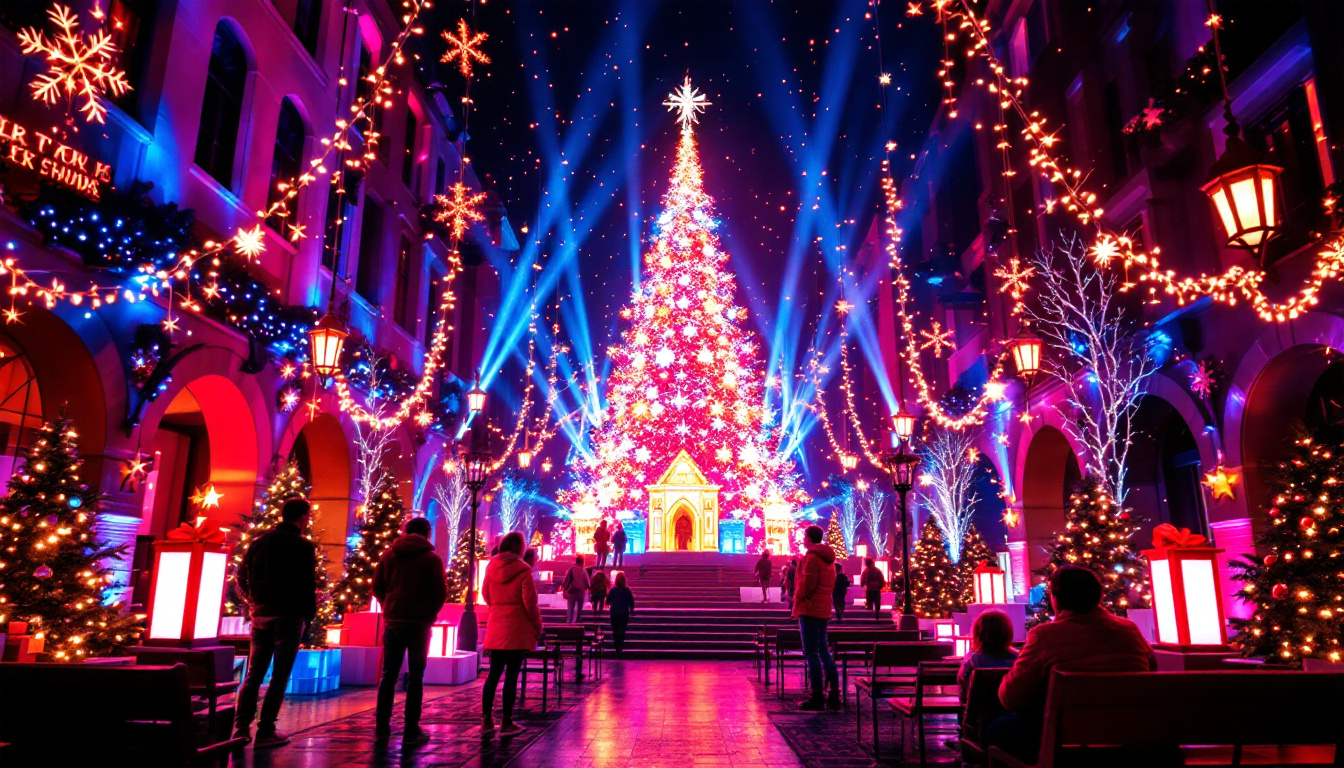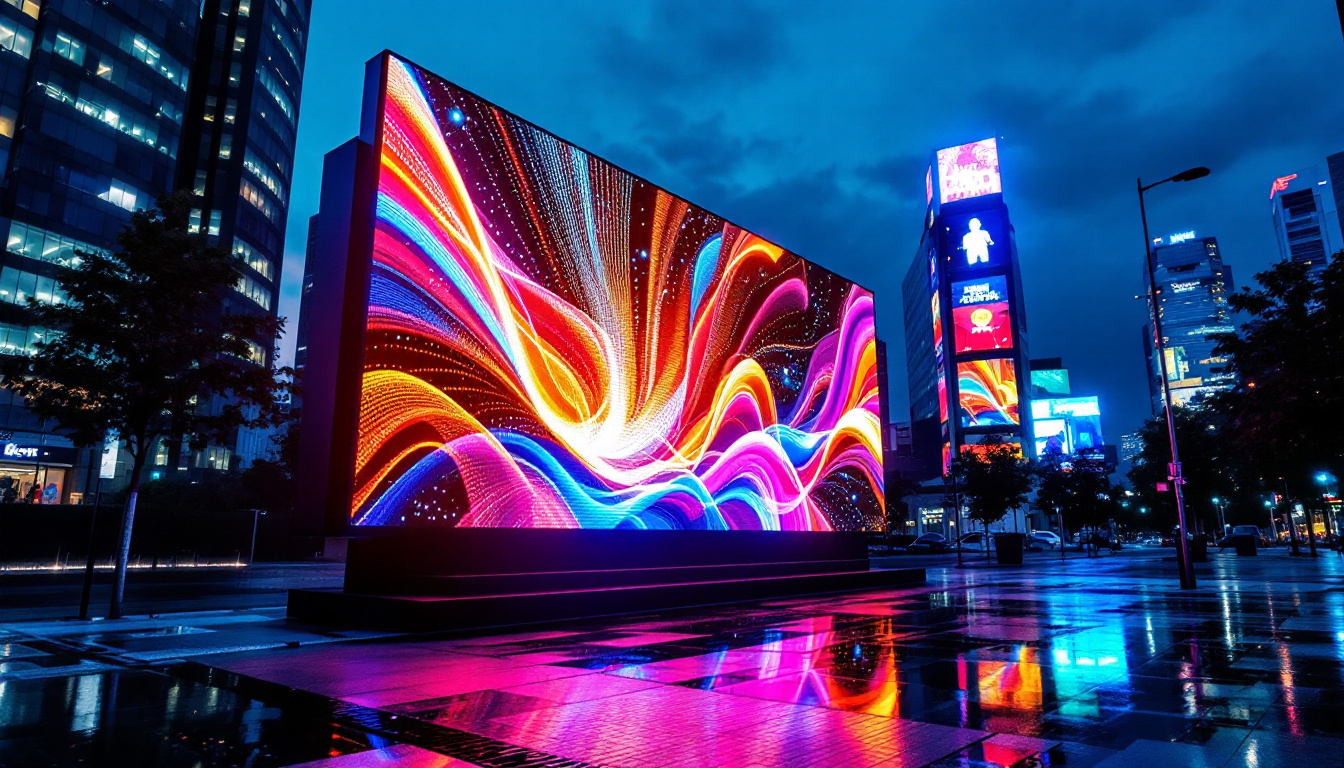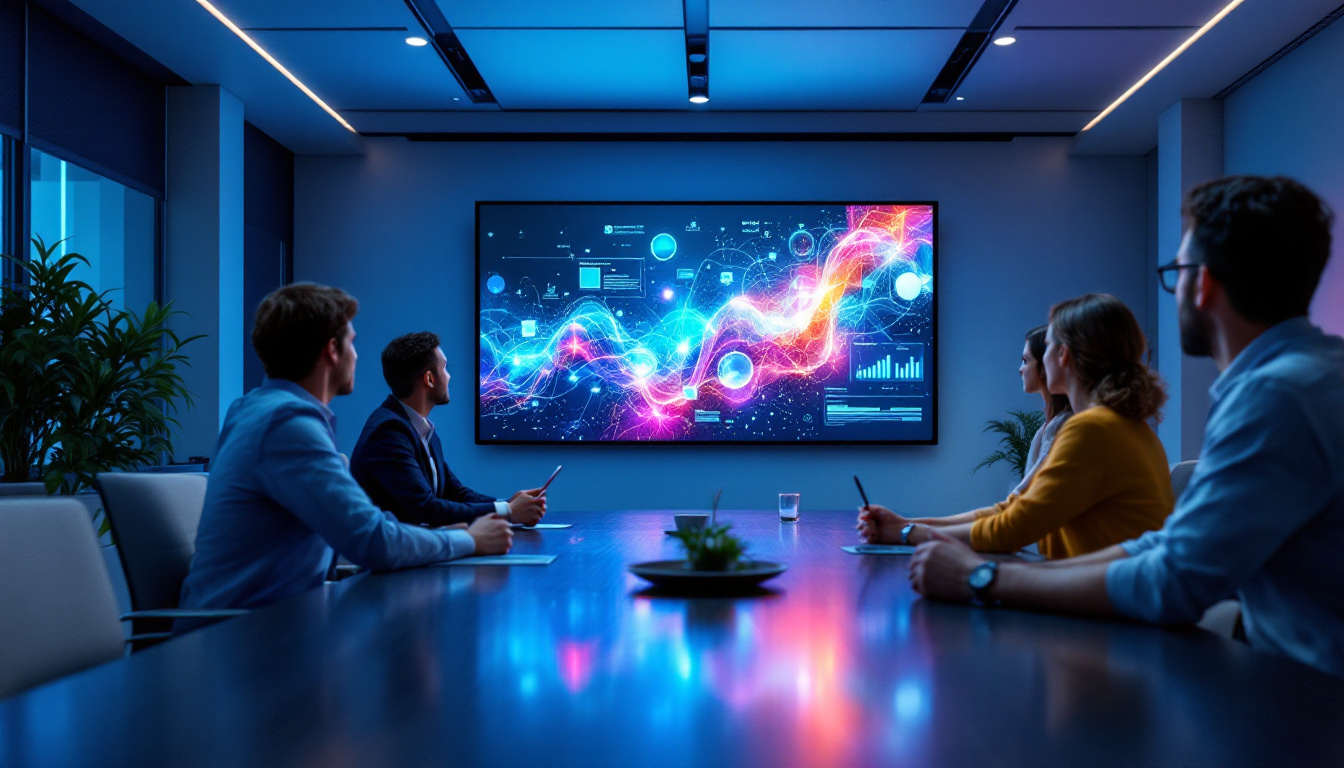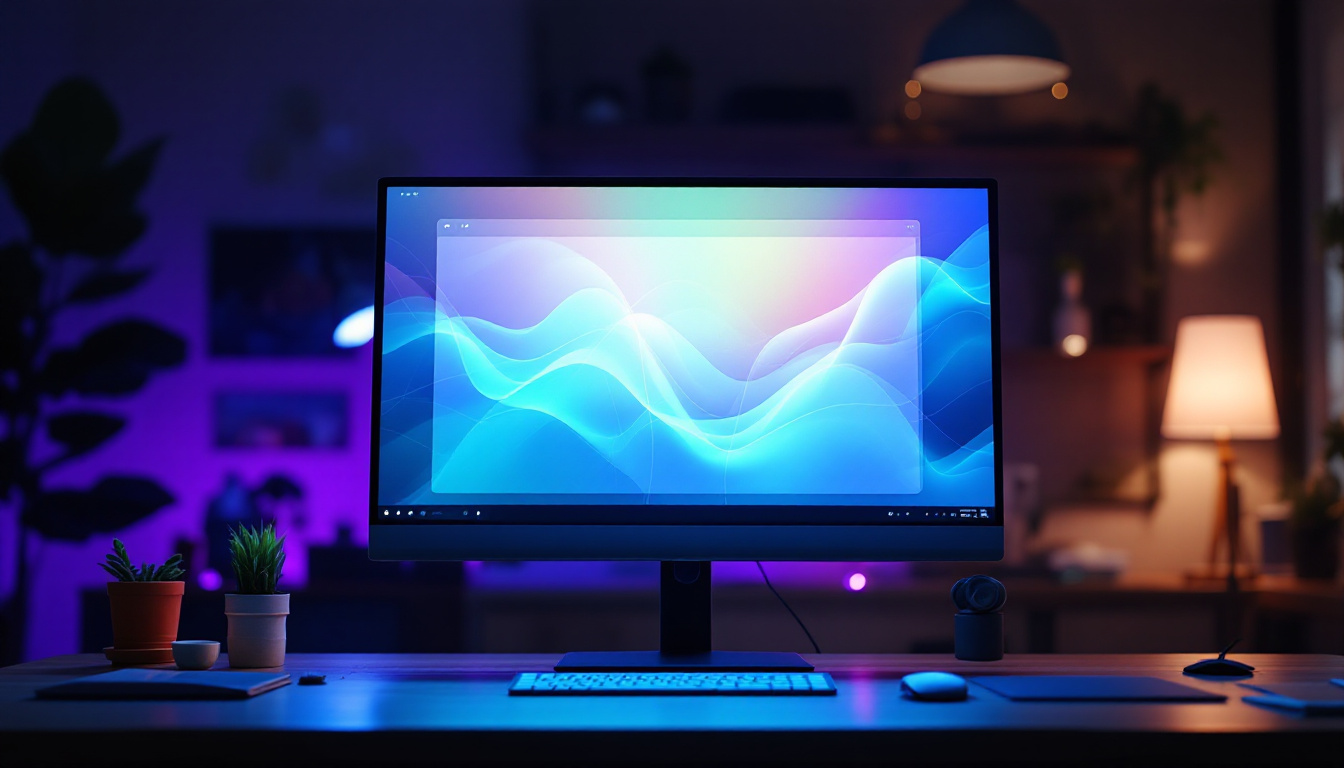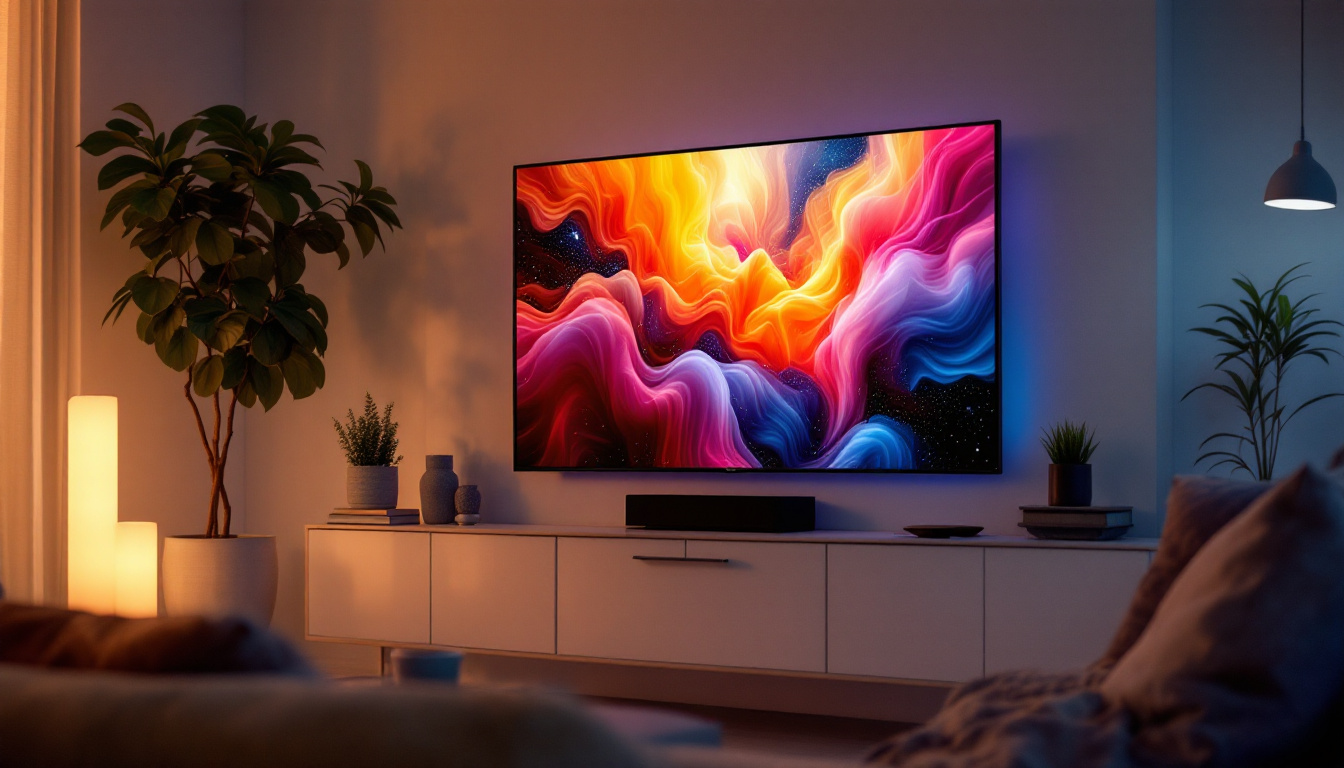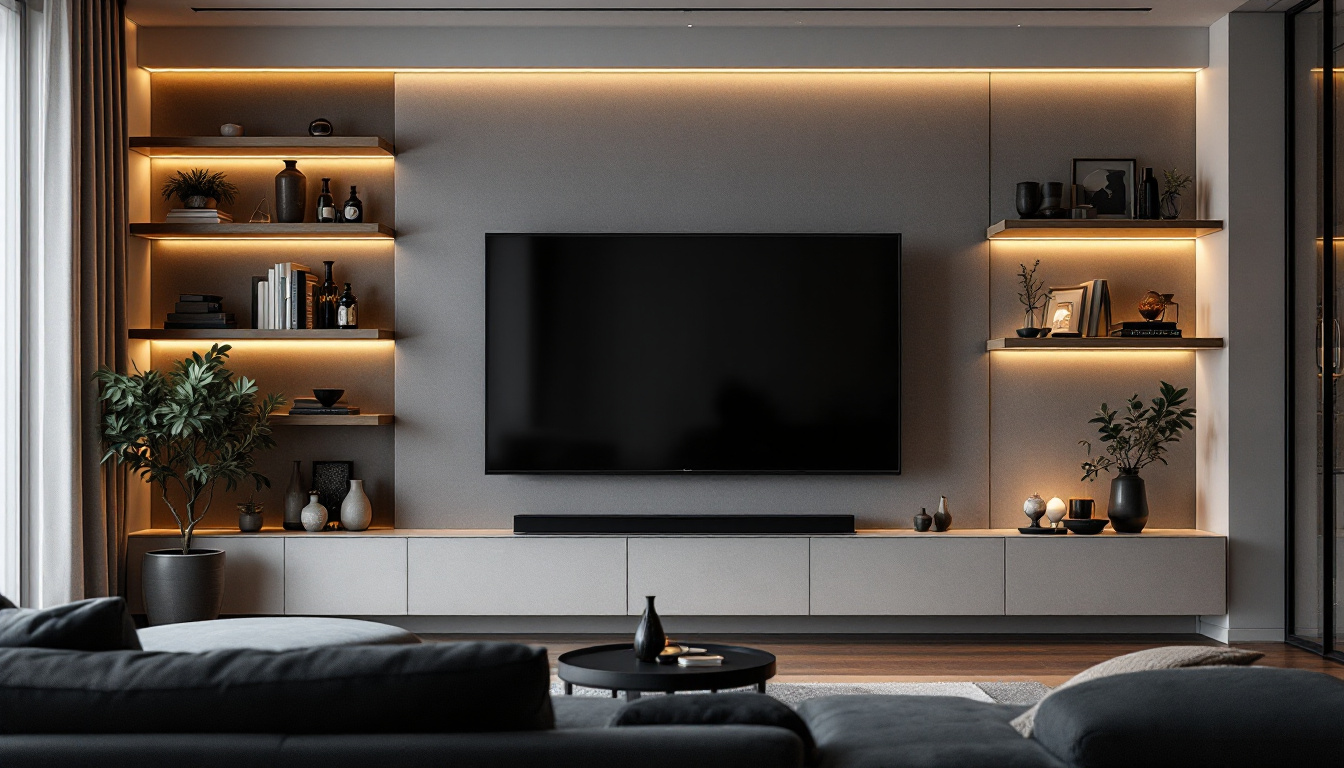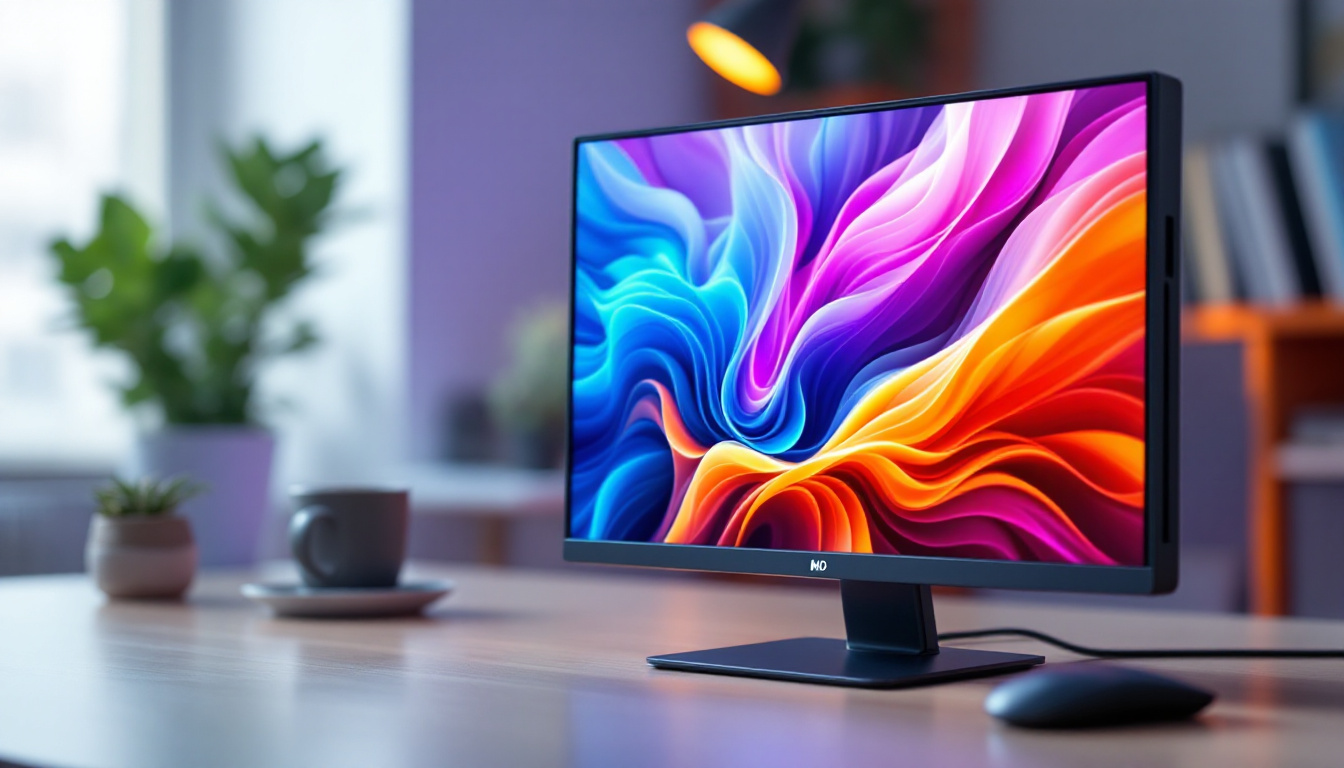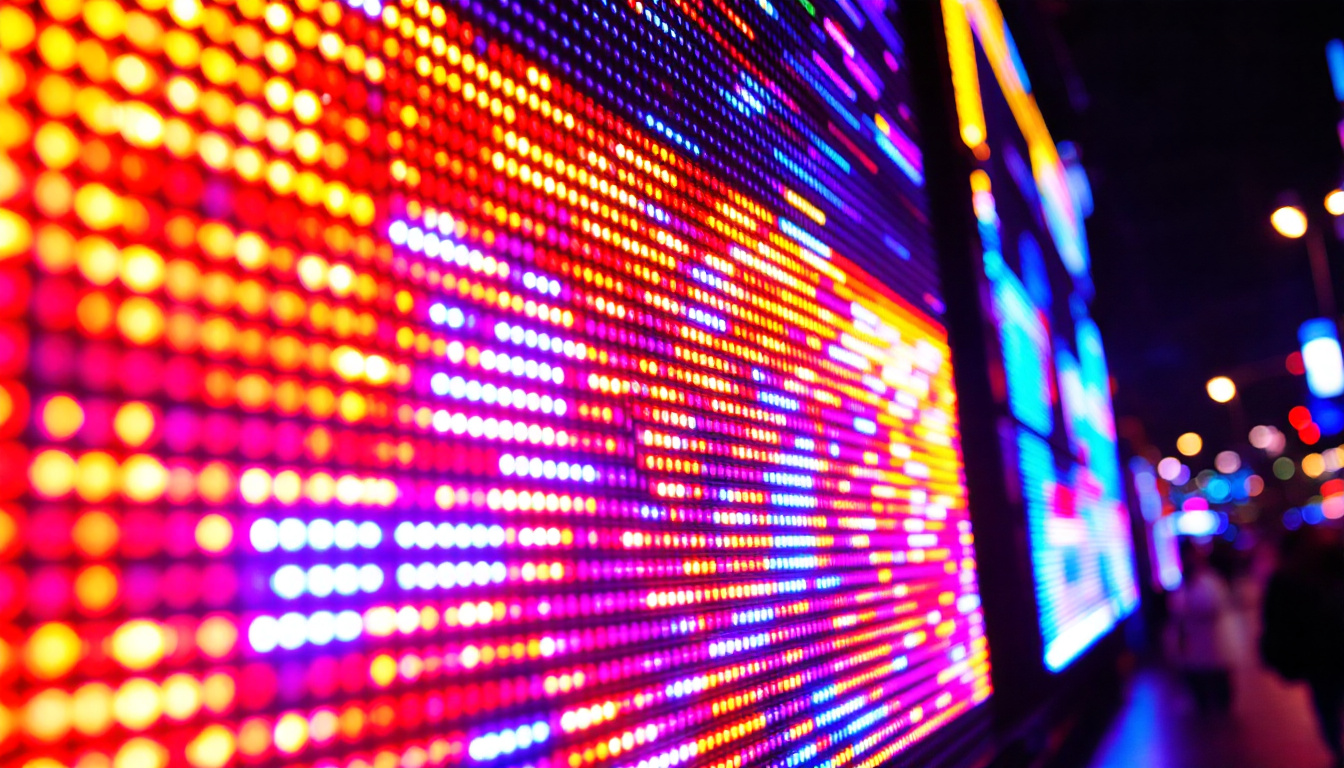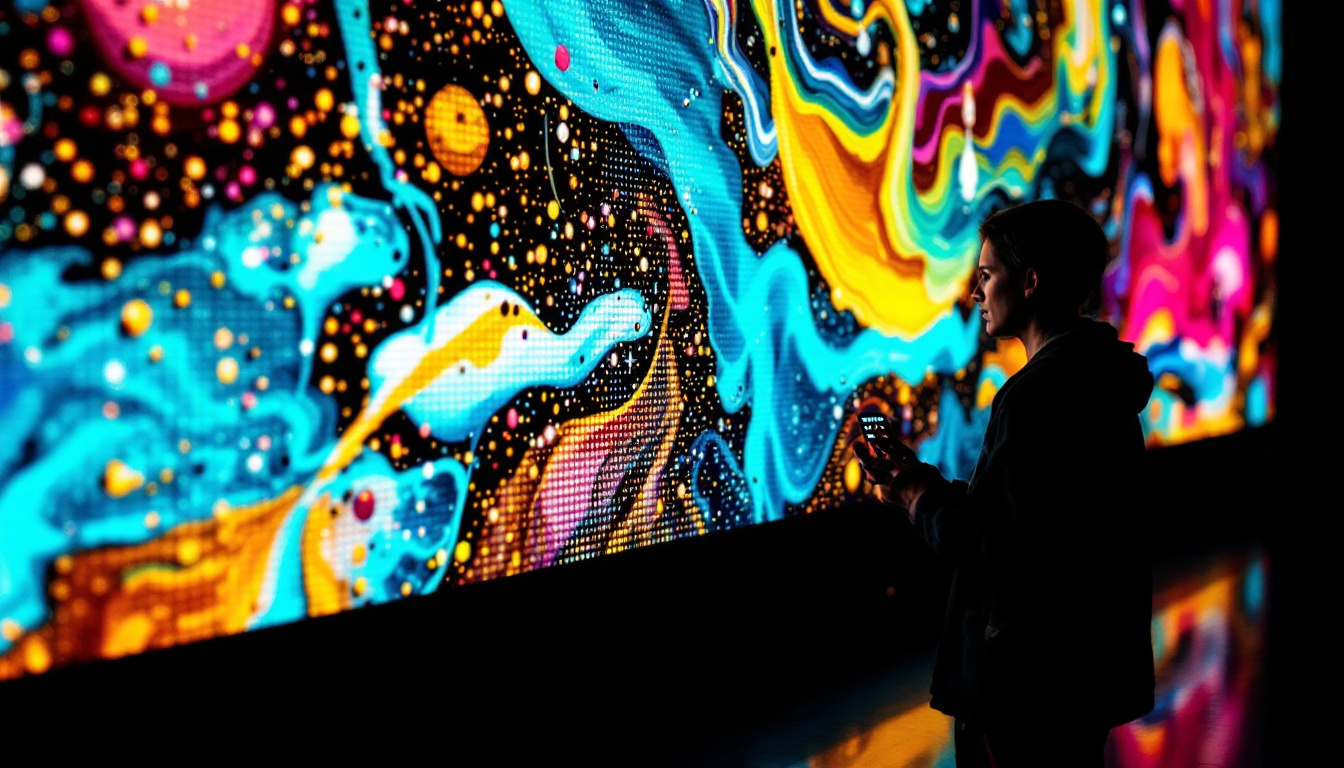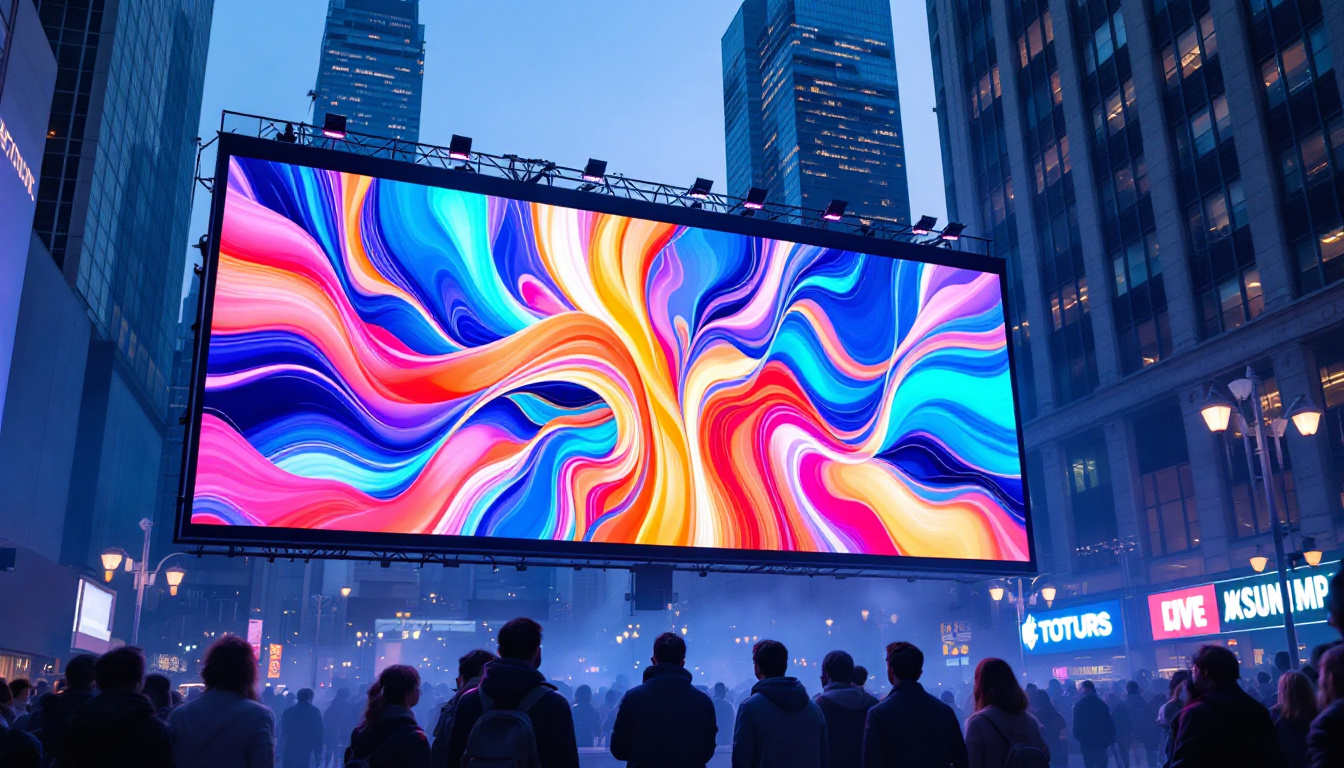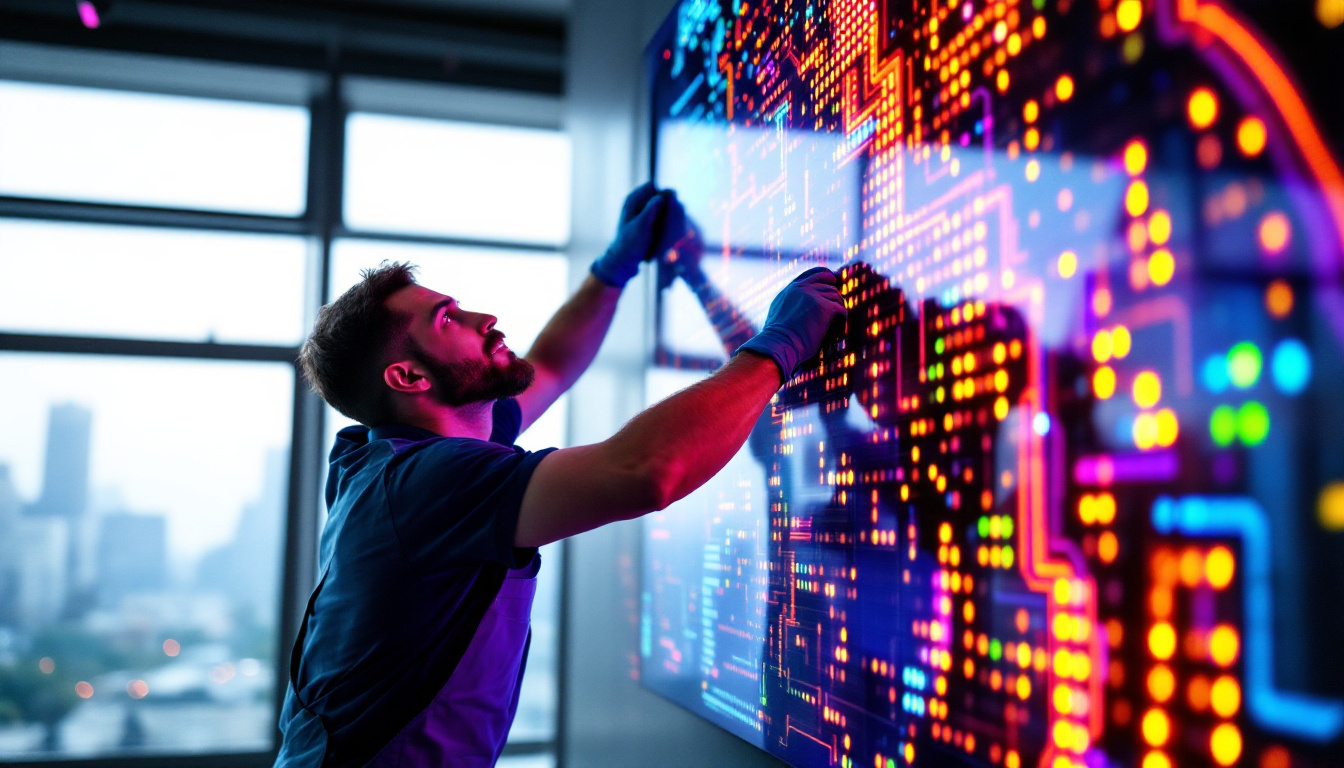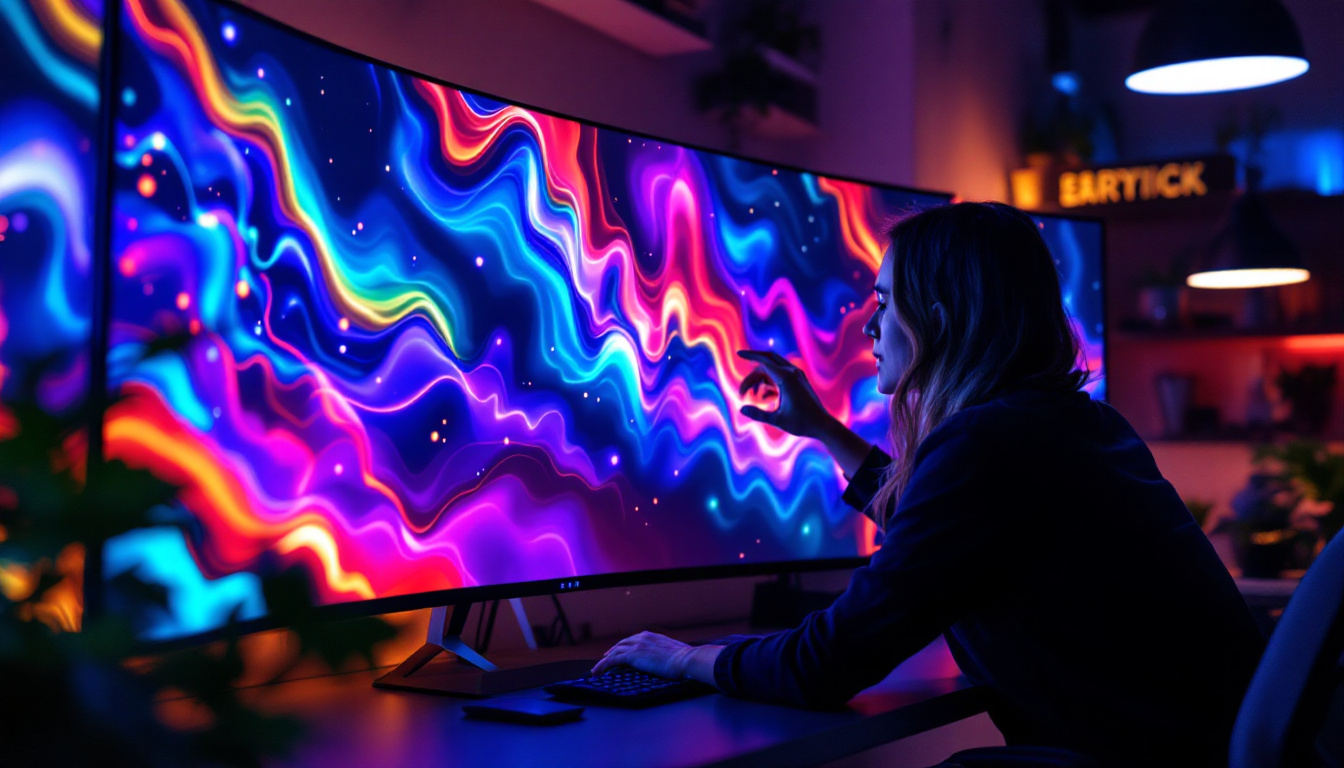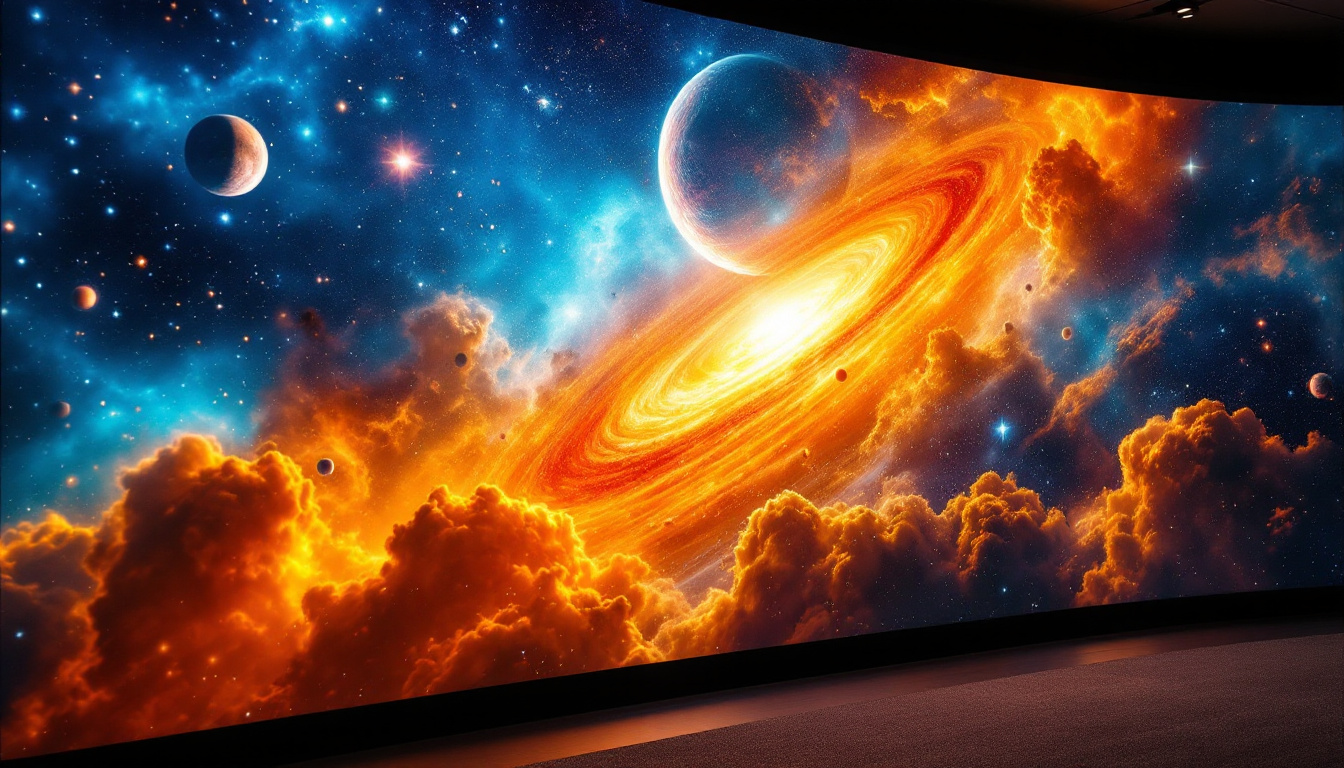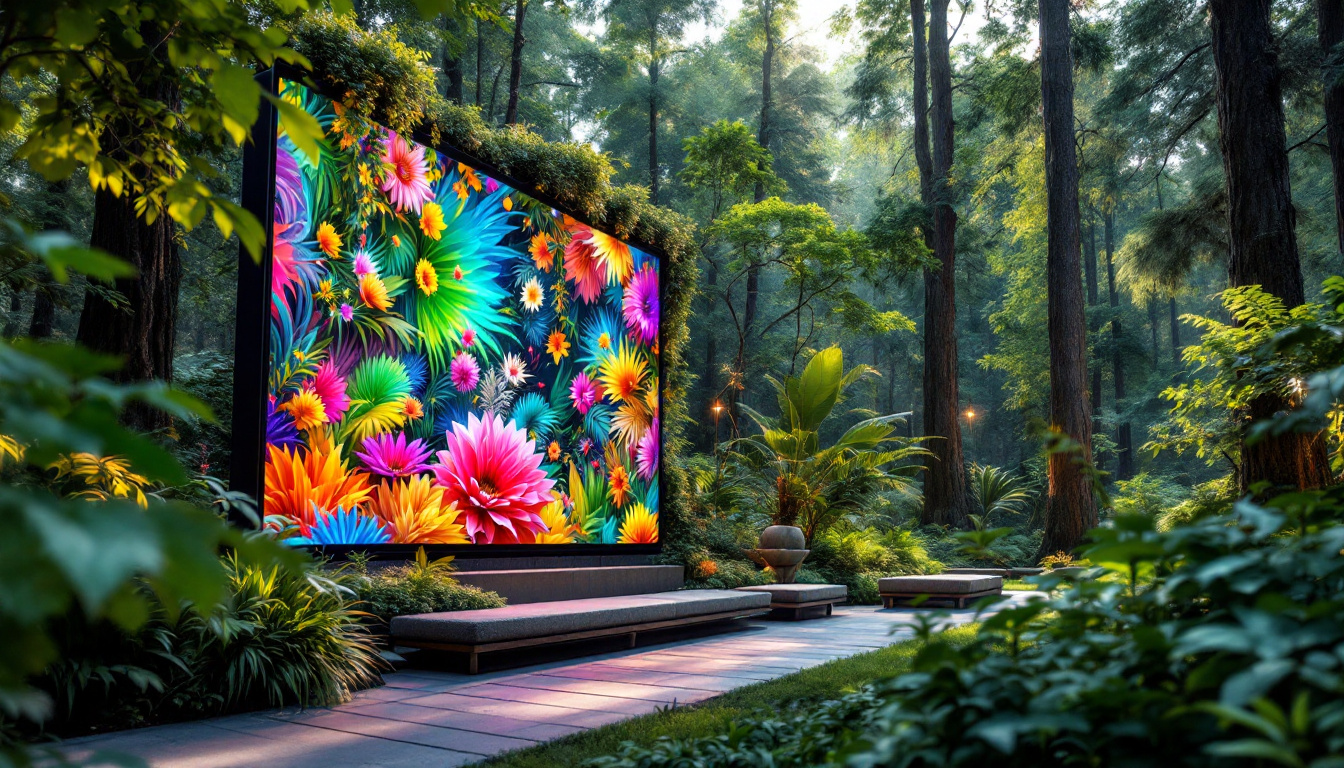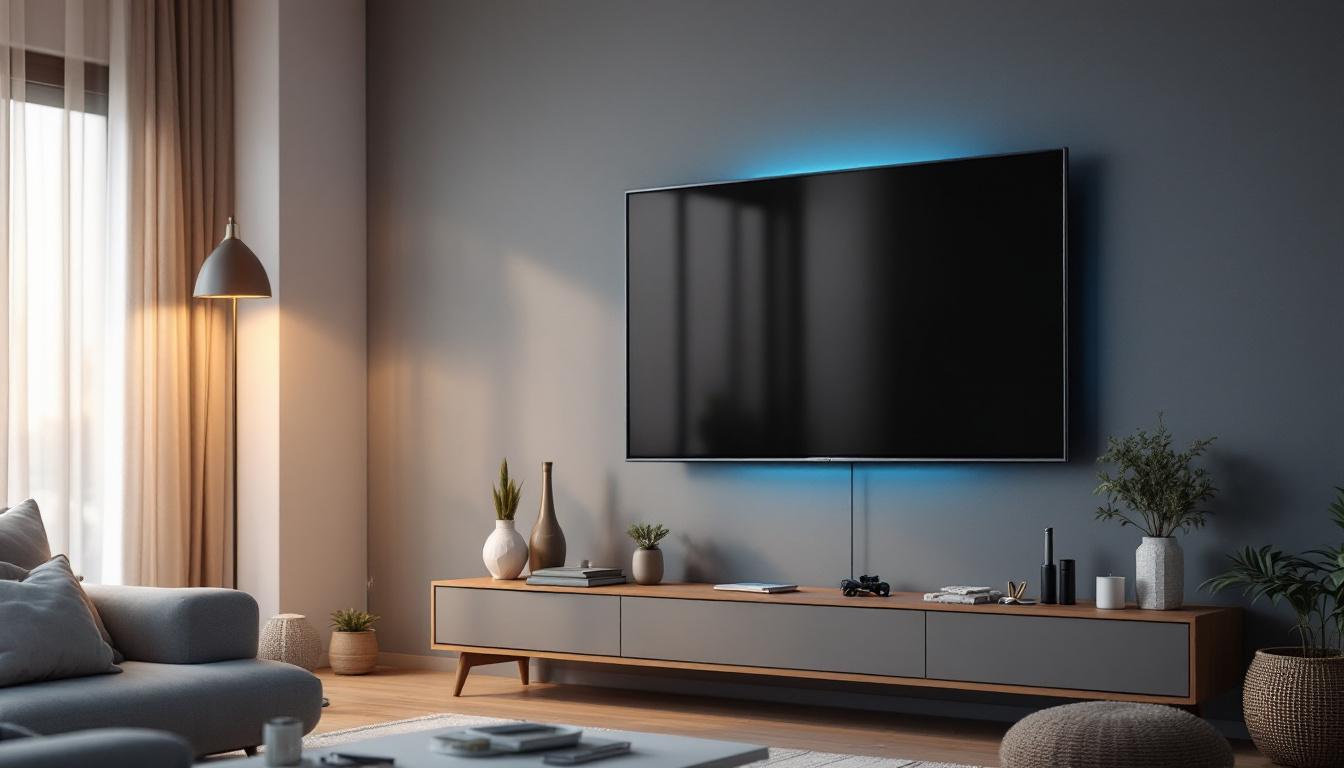In the realm of art exhibitions, the presentation of artwork is as crucial as the art itself. The way art is displayed can significantly influence the viewer’s experience and engagement. One of the most innovative methods of displaying art is through LED display panels. These panels have revolutionized the way galleries and museums showcase their collections, offering a dynamic and interactive experience for visitors.
Understanding LED Display Technology
LED, or Light Emitting Diode, technology has seen significant advancements over the past few decades. Initially used primarily in electronic devices, it has now found its way into the art world, providing a vibrant and versatile medium for displaying artwork. Artists and curators are increasingly leveraging this technology to create immersive experiences that engage viewers in new and exciting ways, transforming traditional perceptions of art and its presentation.
How LED Displays Work
LED displays operate by using a matrix of tiny light-emitting diodes. Each diode emits light when an electric current passes through it, allowing for the creation of bright and colorful images. The combination of these diodes forms pixels, which can be controlled individually to produce a wide range of colors and effects. This technology enables high-resolution displays that can captivate audiences with stunning visuals. The rapid response time of LED technology also allows for dynamic content, such as animations and videos, to be displayed seamlessly, further enhancing the viewer’s experience.
Moreover, LED displays are energy-efficient, consuming less power than traditional lighting methods. This efficiency not only reduces operational costs but also aligns with sustainable practices, making them an appealing choice for art institutions looking to minimize their environmental impact. Additionally, the longevity of LED lights means that they require less frequent replacement, contributing to lower waste and maintenance efforts over time.
Types of LED Displays
There are several types of LED displays available, each suited for different applications within art exhibits. The most common include:
- Indoor LED Displays: These are designed for use in galleries and museums, providing high-resolution images in a controlled lighting environment. They often feature advanced calibration options to ensure color accuracy, which is crucial for displaying artworks that rely on precise hues and tones.
- Outdoor LED Displays: Built to withstand the elements, these displays are often used for larger installations or public art projects, attracting attention from passersby. Their brightness and durability make them ideal for showcasing art in bustling urban settings, where they can compete with the vibrancy of the surrounding environment.
- Flexible LED Displays: These panels can be bent and shaped to fit unique spaces, allowing for creative installations that traditional displays cannot accommodate. Artists can use these displays to create three-dimensional artworks or wrap them around structures, pushing the boundaries of conventional art presentation.
In addition to these types, there are also specialized LED displays designed for specific artistic needs, such as transparent LED screens that allow for layered visual effects while maintaining visibility of the background. This innovation opens up new avenues for storytelling and interaction, inviting viewers to engage with the artwork on multiple levels. As technology continues to evolve, the possibilities for integrating LED displays into the art world are expanding, offering artists tools to create experiences that are not only visually stunning but also deeply immersive.
The Benefits of Using LED Display Panels in Art Exhibitions
Utilizing LED display panels in art exhibitions offers numerous advantages that enhance both the artwork and the viewer’s experience. From improved visibility to interactive features, these panels are changing the landscape of art presentation.
Enhanced Visual Appeal
One of the most significant benefits of LED displays is their ability to deliver vibrant colors and sharp images. This enhanced visual appeal can draw visitors into the artwork, encouraging them to engage more deeply with the pieces on display. The brightness of LED panels ensures that artwork is visible even in brightly lit environments, making them ideal for various exhibition settings.
Moreover, LED technology allows for a broader color spectrum than traditional display methods, which means that artists can present their work in a way that is true to their original vision. The ability to showcase intricate details and subtle color variations can transform the viewer’s perception, making each piece feel more alive and dynamic. This is particularly beneficial for digital artists and photographers, whose work often relies on precise color accuracy and detail.
Interactivity and Engagement
Modern LED displays can be equipped with interactive features, allowing viewers to engage with the artwork in new ways. Touchscreens can provide additional information about the pieces, such as artist backgrounds, techniques used, and thematic elements. This interactivity not only enriches the viewer’s experience but also fosters a deeper understanding of the art.
Furthermore, LED displays can be programmed to change content dynamically. This means that exhibitions can rotate artworks, showcase multiple pieces in a single display, or even integrate multimedia elements such as video and sound. Such versatility keeps the exhibition fresh and encourages repeat visits. For instance, a single panel could feature a time-lapse video of an artist creating a piece, paired with the final artwork itself, allowing viewers to appreciate the creative process in a way that static displays cannot convey.
Additionally, the integration of augmented reality (AR) with LED displays opens up even more possibilities for engagement. Visitors could use their smartphones or provided devices to see layers of information or animations overlaid on the artwork, providing context and narrative that deepens their connection to the pieces. This blend of technology and creativity not only captivates audiences but also attracts a younger demographic that is increasingly drawn to interactive experiences in the art world.
Case Studies: Successful Implementations of LED Displays
Several art institutions have successfully integrated LED display panels into their exhibitions, demonstrating the potential of this technology to enhance the art viewing experience.
The Louvre Museum
The Louvre Museum in Paris has embraced LED technology to enhance its visitor experience. By installing large LED panels in strategic locations throughout the museum, the Louvre provides visitors with interactive maps and information about current exhibitions. These displays not only guide guests but also engage them with multimedia content that complements the artworks on display. For instance, the panels often feature videos that delve into the history of the pieces, artist interviews, and even augmented reality experiences that allow visitors to see the artwork in a new light. This integration of technology not only enriches the educational aspect of the museum but also caters to a tech-savvy audience eager for a more interactive experience.
The Museum of Modern Art (MoMA)
MoMA in New York has taken a different approach, utilizing flexible LED displays to create immersive installations. By curving and shaping these displays, the museum can create dynamic environments that transform the viewer’s perception of space and art. This innovative use of technology allows for a more engaging and memorable experience, encouraging visitors to explore the intersection of art and technology. Additionally, MoMA often collaborates with contemporary artists to design unique installations that push the boundaries of traditional art forms. These collaborations not only highlight the versatility of LED technology but also invite dialogue about the future of art in a digital age, prompting visitors to consider how technology influences artistic expression and viewer interaction.
Challenges and Considerations
While the benefits of LED display panels are numerous, there are also challenges and considerations that art institutions must address when implementing this technology.
Cost Implications
One of the primary concerns for galleries and museums is the initial investment required for LED display technology. High-quality LED panels can be expensive, and the costs associated with installation and maintenance can add up. Institutions must weigh these costs against the potential benefits, considering factors such as increased visitor engagement and the potential for higher ticket sales.
Content Management
Another challenge lies in content management. To fully utilize the capabilities of LED displays, institutions must invest in software and personnel to create and manage digital content. This includes curating images, videos, and interactive elements that align with the exhibition’s theme. Institutions may need to collaborate with digital artists or hire specialists to ensure that the content is engaging and relevant.
Future Trends in LED Display Technology for Art Exhibitions
The future of LED display technology in art exhibitions looks promising, with several trends emerging that could further enhance the way art is presented.
Integration with Augmented Reality (AR)
As augmented reality technology continues to advance, the integration of AR with LED displays is becoming increasingly feasible. This combination could allow visitors to experience art in entirely new ways, overlaying digital elements onto physical artworks. For instance, viewers could use their smartphones or AR glasses to see animations or additional information about the art, creating a more immersive experience.
Advancements in Display Quality
Ongoing advancements in LED technology are leading to improvements in display quality. Higher resolutions, better color accuracy, and enhanced brightness levels are making LED displays even more appealing for art exhibitions. As these technologies become more accessible, more institutions may adopt LED panels as a standard for displaying art.
Conclusion
LED display panels have transformed the landscape of art exhibitions, offering a dynamic and engaging way to present artwork. With their vibrant visuals, interactivity, and versatility, these displays enhance the viewer’s experience and encourage deeper engagement with the art. While challenges such as cost and content management exist, the benefits often outweigh these concerns, making LED technology a valuable investment for galleries and museums.
As technology continues to evolve, the future of LED displays in art exhibitions promises even more exciting possibilities. By embracing these advancements, art institutions can create immersive environments that captivate audiences and foster a greater appreciation for the arts. In an ever-changing world, LED display panels are not just a trend; they are a vital tool for the future of art presentation.
Discover the Future of Art Display with LumenMatrix
As you contemplate the transformative impact of LED technology on art exhibitions, consider the possibilities that LumenMatrix can offer. With our commitment to innovation and excellence in LED display modules, we invite you to explore our diverse range of solutions tailored to meet the needs of modern art displays. From Indoor and Outdoor LED Walls to Custom and Transparent Displays, LumenMatrix is poised to revolutionize your visual presentations. Check out LumenMatrix LED Display Solutions today and step into the future of engaging, dynamic art exhibitions.

